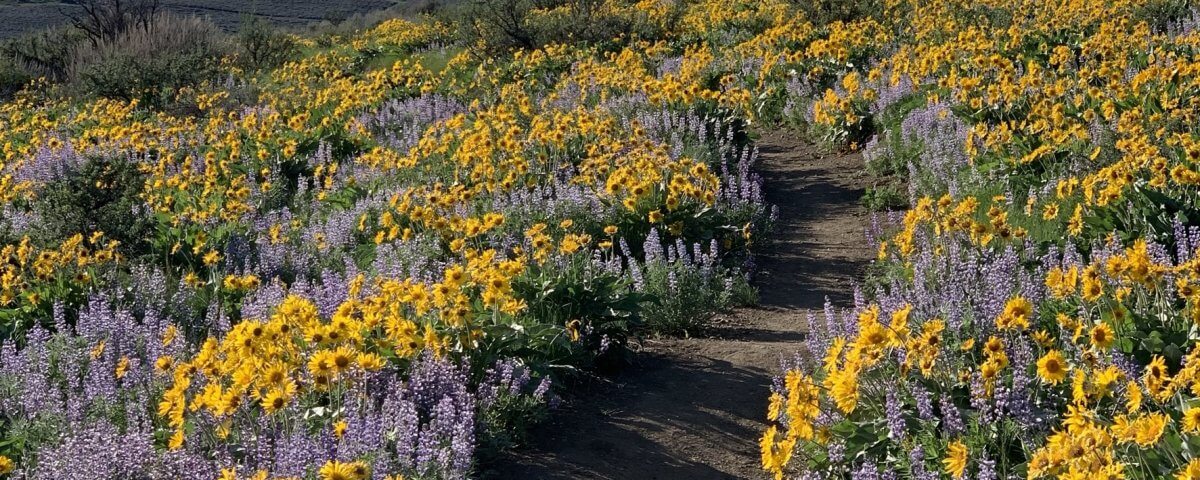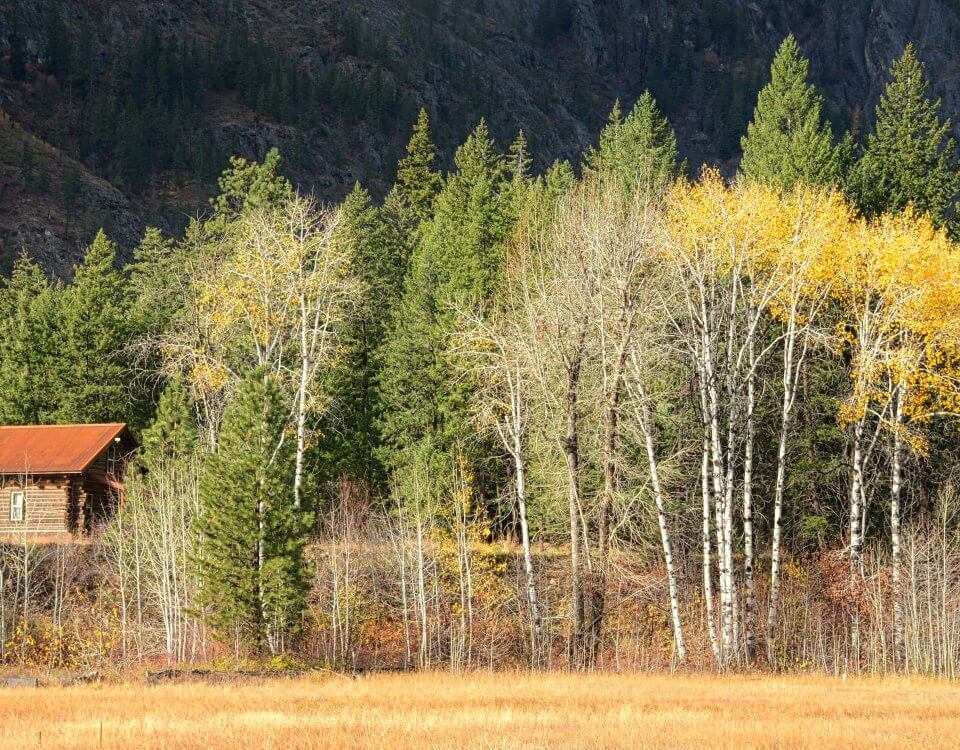An Ethic of Responsible Recreation

Wildlife and Recreation Pressure: A Interview with WDFW
July 29, 2022
Are you Smoke Ready?
August 18, 2022Guidelines for recreating responsibly in the Methow from Methow Trails and MVCC
The Methow Valley has an incredible, unique network of connected trails that wind through diverse habitats and support bountiful wildlife. The lands these trails pass through have been home to the Methow People for thousands of years. We are privileged to have these trails in our backyard to walk, run, bike, and ski on. With this privilege comes a responsibility to be good stewards of the trails. Methow Valley Citizens Council and Methow Trails have come up with the following guidelines to consider when recreating throughout the valley.
Travel on Existing Trails
The Methow Trails trail system encompasses an intricate patchwork of private and public lands in the Methow. Staying on the trails is critical to respecting the privacy of the landowners who have generously offered access. Staying on the trail also minimizes wildlife disturbance. Wildlife often know the trails you are traveling on (they see you more than you see them!), and are less likely to be surprised and disturbed if they expect you on the same corridors. Using existing trails also avoids the establishment of social trails which can further fragment habitat.
Check for Existing Closures
Before you recreate in an area, check for any existing closures or restrictions. Trails may be closed to protect sensitive wildlife or to allow for wildfire recovery. This summer, a portion of Big Valley has been closed to protect a nesting pair of sandhill cranes! Some trails that Methow Trails maintains for winter use are not accessible for summer use. Check the land management agency websites (USFS, WDFW or DNR) and methowtrails.org for the latest updates and closures.
Give Wildlife Space: As much as we like to stare, study, and get a little bit closer for that fantastic photo, the closer we get to wildlife, and the more noise we make, the more likely they are to run or fly away, expending energy to do so. This might not cause a problem if it happens once, but when it is compounded by many different people on many different trails it can cause disturbance and fragmentation. As much as possible, when out on the trails try to give wildlife a wide berth when out on the trails.
Keep Dogs on Leash or under close Voice Control Although we love our canine companions, they can and do often cause considerable disturbance to wildlife. When dogs chase wildlife, they produce a stressful flight response in the animal and flush them out of their home. Many dogs have the instinct to chase wildlife. If you are recreating on a trail with known wildlife populations, keep the dog on leash or under close voice control to minimize these disturbances. Picking up after your dog is another important component of responsibly recreation. Remember: no one is following behind you with a scooper!
Leave what you Find-The Methow People have many cultural and spiritual sites throughout the Methow Valley. Be respectful of any artifacts or cultural sites that you may find. Take only memories of the site by leaving behind the artifact, keeping the camera in your pocket and refraining from sharing where the site is.
Spread Kindness on the Trail- Everyone is welcome on the trails of the Methow Valley and we’d like these trails to be inclusive of all people. Say hello to whoever you pass—they might be a landowner who allows trail access through their property, a trail crew maintaining the trails, or someone who has contributed to make this trail system possible. The trail system we are privileged to enjoy in the Methow Valley functions due to the generosity and kindness of many.
Give Back—The trails we visit in the Methow Valley wind through the homes of many species. Consider giving back to local wildlife by advocating on behalf of them on a local or state level, conserving land for them through support of conservation easements, rehabilitating their existing habitat through restoration projects, or contributing to the maintenance and upkeep of trails. All these actions together can help wildlife thrive in the Methow Valley into the future.


